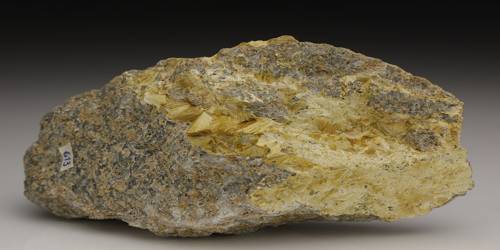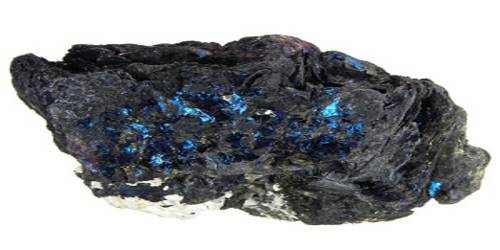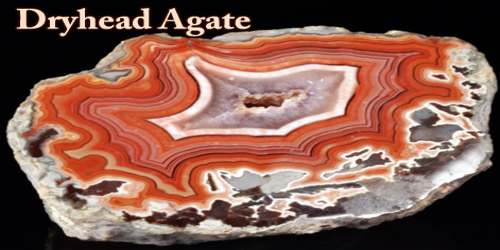Carpholite is a manganese silicate mineral with formula Mn2+Al2Si2O6(OH)4. It occurs as yellow clusters of slender prisms or needles. It crystallizes in the orthorhombic system. It was first described in 1817 for an occurrence in Horní Slavkov (Schlaggenwald), Karlovy Vary Region, Bohemia. The name derives from Greek karfos for “straw” and lithos for “stone” due to its crystal habit. The carpholite group includes ferrocarpholite, magnesiocarpholite, vanadiocarpholite, and potassiccarpholite.
General Information
- Category: Inosilicate
- Formula: Mn2+Al2Si2O6(OH)4
- Crystal system: Orthorhombic
- Crystal class: Dipyramidal (mmm)

Properties
- Color: Yellow
- Crystal habit: Prismatic, acicular to fibrous clusters
- Cleavage: Perfect on {010}
- Tenacity: Brittle
- Mohs scale hardness: 5.5-6
- Luster: Silky
- Diaphaneity: Translucent
- Specific gravity: 2.935-3.031
Discovery and occurrence
Its typical occurrence is in shales that have undergone low-grade metamorphism. Associated minerals include sudoite, manganoan garnet, chloritoid, and fluorite.
Distribution: At Horn Slavkov (Schlaggenwald), Czech Republic. From near Meuville, Ardennes Mountains, Belgium. At Wippra, Harz Mountains, Germany. In England, from the Carrock mine, Caldbeck Fells, Cumbria; at Kit Hill Consols, Stokeclimsland, in the Hingston Down Consols mine, near Calstock, and in the Stenna Gwynn mine, St. Stephen-in-Brannel, Cornwall. In the Fukuzumi mine, Kyoto Prefecture, Japan.
Information Source:
















